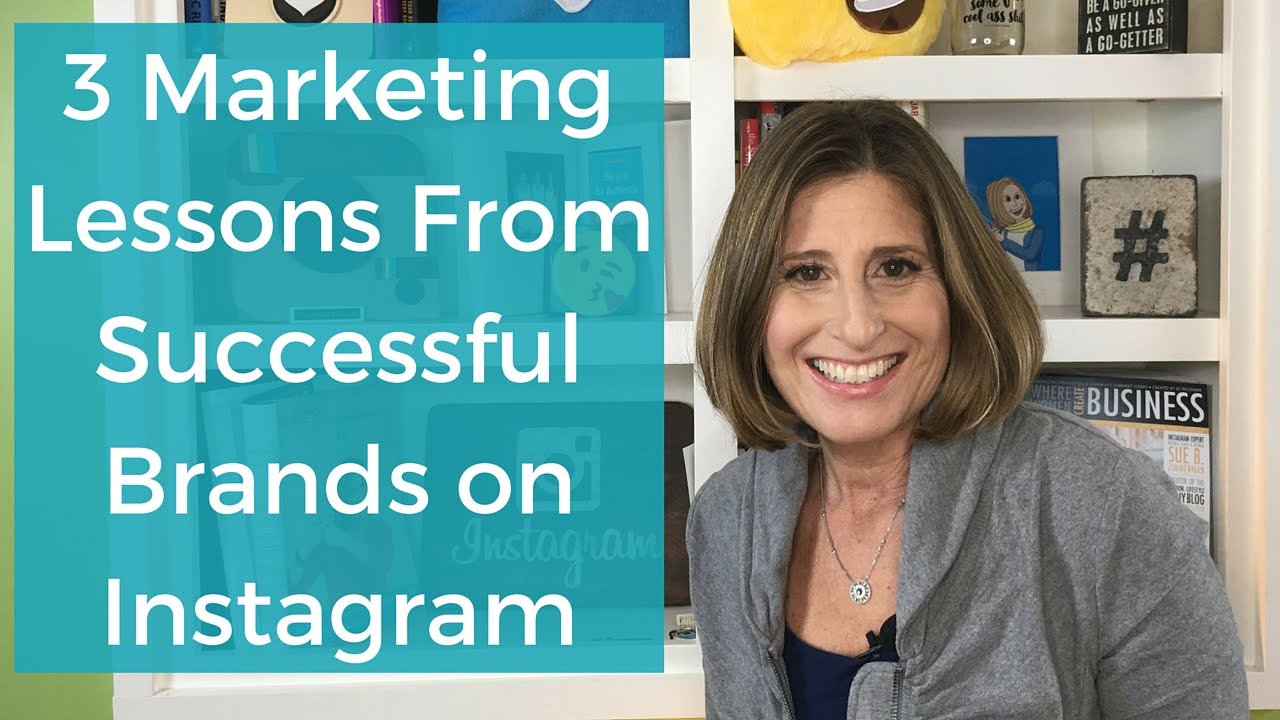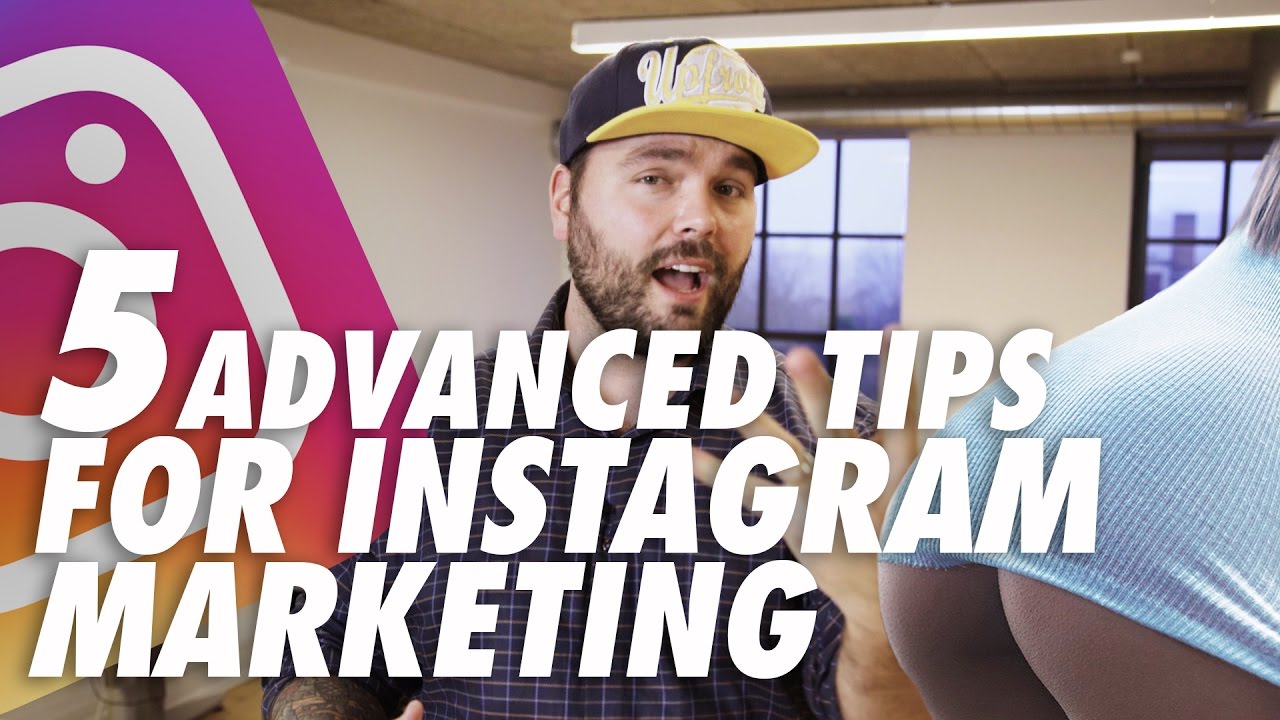The A to Z of How To Organize A Pitch – part I
The time when a client decides to make a pitch for the communication agency (either it’s a PR, advertising, digital or social media one) is extremely important in its business path. In order to make sure it’s a well spent time both for him/her and the company is representing, but also for the agencies involved, the client must be sure of a certain guide pitch , of a series of “rules” that will make their lives easier and also will lead to a successful result.

We talked with Cristina Oncescu, Head of Strategy pastel, and she put down some guidelines that will help you a lot.
What should a client know and must take in consideration when organizing a pitch?
Before organizing a pitch, a client should take time to carefully consider if they really need to change the current agency. Therefore the Institute of Practitioners in Advertising (IPA) recommends the following points to consider before embarking on an agency search:
Why are they organizing the pitch
The client should be very clear that changing agency would be in the best interests of the brand or the business organization, and will bring future value. Before embarking on a search for a new agency, he must be really sure that best efforts have been made to restore the existing client-agency relationship to health.
Have full support from top management
If a pitch is deemed to be the right course of action, the marketing or corporate communication must ensure that the client company’s top management fully endorse it, and that the key decision makers are clearly identified and enlisted in the process.
Consider getting outside help
It is advisable to seek outside professional help from specialist consultants, if considered suitable for the client company. The process is more objective, and dealing with the incumbent agency less unpleasant.
Check the contracts
Before the process begins, the client should check the provisions within the contract with the incumbent agency, particularly with regard to the notice period and termination of contract.
Inform the current agency
The client should consider the implications of informing existing agency that the pitch is taking place, weighing the need for confidentiality against the scenario of the incumbent finding out about the pitch from a source other than their client.
Decide the role to play by the new agency
The client should decide whether he is acting as the orchestrator of a series of agency relationships, he needs a ‘lead’ agency, or he requires a ‘one-stop-shop’.
Have a clear brief
The pitch organizing team should gain full agreement with all those involved in the decision making process about what the requirements of the agency are. They must invest time and effort in agreeing the budget and producing a written brief describing the brand or company’s current position, and where it wants to be in the context of clear marketing and business objectives.
Decide the kind of pitch to hold
Give some thought to the type of search that will best assist the client in making the appointment. The traditional pitch process is expensive for both parties, so agree fees where appropriate to offset a fair proportion of agency costs and to ensure a professional approach on both sides. Understand that many successful agency appointments are based on reputation, personal chemistry, credentials and references from other clients, as opposed to pitches. Workshops and trial projects are also effective methods of choosing an agency. Equally, online ‘e- sourcing’ techniques may help in the initial stages of researching the marketplace, but they should not replace the face-to-face contact which is so important in conducting a successful review and selection process.

If the client has checked the above and ended deciding to go through the pitch process, here are the steps:
- Prepare all the necessary background information
- Prepare an outline brief, including a clear indication of the brand or company marketing/communications budget. Consider the scope of work you will be asking the successful agency to undertake and ask the agencies to prepare some initial financial estimates accordingly, right at the outset. This avoids misunderstandings and manages expectations on both sides.
- If the client has chosen a consultant to help manage the selection process, work with them to develop a brief on the type of agency required, e.g. in terms of size relative to budget, location, and specialization, potentially conflicting business, etc. and draw up carefully the criteria that will form your checklist against which to judge the initial agency longlist.
- Identify relevant existing work for other clients, within the appropriate communications discipline, which they rate highly.
- Talk to colleagues in their own and other companies about their agency experiences.
- Undertake any necessary desk/online research, consulting agency directories, agency trade associations, and the trade press for additional background information about agencies that might interest you.
- Public sector clients need to ensure that their agency search and selection process is compliant with any public procurement regulations.
- Hold chemistry meetings and sign a confidentiality agreement
- Client should seek credentials information and case studies from, and hold initial chemistry meetings with, selected agencies that match the criteria in your outline brief.
- A confidentiality agreement must to be signed before undertaking any meetings. It is of benefit to both parties to enter into such an agreement, which should cover information and materials supplied by the client for the pitch and those produced by the agency in response.
- Client should decide whether to make a monetary contribution to the pitch. If so, this can be included in the non-disclosure agreement to form part of a wider pitch agreement. Some financial contribution (announced upfront and the same offer to all agencies on the shortlist) shows commitment and the seriousness of their intent.
- Think of the response required and prepare a written brief accordingly
- Prepare a concise but thorough written brief for the competing agencies. It is advisable to clarify if the pitch is a statutory one.
- It must be clear from the brief whether strategic proposals alone are required, whether some creative ideas or a full creative pitch are expected, or whether a workshop or trial project is envisaged. Agencies should respect the client’s wishes in this. The client should understand that creative pitches are an expensive and resource-draining exercise for agencies.
- Be clear about the nature of the services that they expect to use the agency for (e.g. some or all of brand planning/strategic thinking, communications planning, creative development, media planning and buying, digital, PR, events, etc.).
- Make the budget explicit from the outset.
- Identify and make clear all criteria on which the agencies’ presentations will be judged (e.g. strategic thinking, creative concepts, costing proposals, etc.).
- Specify the time allowed for meetings or presentations. If pitches are to take place at client premises, advise agencies on the presentation facilities available, size and nature of meeting rooms, number of participants, etc.
- Be disciplined on how many agencies are invited to respond to a preliminary ‘Request for Information’ (RFI). Asking more than 10 agencies is usually very wasteful of both client procurement and agency resources, and indicates an unclear brief. Good consultants will usually advise fewer than this to ensure a deeper focus on the agencies genuinely in contention.
- No more than six agencies should be asked to prepare extended credentials or ‘think-piece’ presentations for shortlisting.
- Invite up to three agencies to pitch (or four if incumbent included)
- Decide positively on a pitch list of up to three agencies only. If the incumbent is invited, the list can go up to four agencies in total.
- The client should not invite the incumbent to pitch if they have no intention of re-appointing them. Talk to the incumbent about why they are not including them in the shortlist.
- Avoid being seduced into lengthening the list.
- Make competing agencies aware of the number of agencies on the pitch list and whether the incumbent is included. The client should confirm in writing whether or not the pitch process and the names of the participants are confidential.

- Consider the time necessary for response to the brief
- Allow sufficient time for agencies to have face-to-face meetings to discuss the brief, ask questions, and to talk through their initial thinking. Don’t underestimate the value of informal meetings with the competing agencies in helping you to evaluate team ‘fit’.
- If the client decides to use a workshop approach, build in sufficient time to implement this process, including scheduling diary time for key personnel involved in the selection team.
- Time must be allowed for development of constructive ideas between brief and presentation. Bearing in mind that full proposals can take weeks or months to develop in an ongoing relationship, four weeks minimum is suggested for the development of work for a full creative pitch. Different pitch approaches, such as extended credentials, ‘think-pieces’, strategic recommendations, and workshops, can take less time and still be effective.
- Give background market data, interpretation and clarification
- The client should be willing to share, on a confidential basis, the overall business/corporate objectives, market data and other relevant research and allow agency personnel access to people in the company with whom they would work, if appointed.
- Make sure that there is always a specified senior member of the client’s company to handle all enquiries and meet requests of the agency to ensure consistency of response. Don’t underestimate the time involved of someone being fully available over a short period of time.
- Avoid giving the answers to one agency’s carefully considered questions to all the competing agencies (unless those questions highlight important information which should have been included in the original brief).
- Allow the same rules of access to all agencies pitching.
- Agree basic contractual terms upfront
- It is not usually in the interests of either the client or the agencies involved to spend time and money on negotiating full contract terms at this stage of the selection process, but the fundamental terms of business (such as budget, basic remuneration and scope of work) should be addressed in a Heads of Terms agreement.
- However, should the client have fixed terms of business which are not open to negotiation, then these should be put on the table, up front and in full, to make sure the competing agencies are clear on the terms under which the contract will be awarded ultimately.
- Understand the roles of all those involved on both sides and set up an objective evaluation system
- Ensure that all the decision makers have been fully briefed and that they are all present at each stage.
- Advise the agencies of job titles and roles of those attending for the client.
- Establish an objective evaluation system for assessing each presentation.
- Ensure that the agency presentation teams include people who will actually work on the business.
- Decide and inform quickly and fairly
- Decide on the winning agency as soon as possible, normally no more than one week after all the agency presentations have taken place (except in those special cases where it has been agreed to put competing creative work into research).
- Establish a proper procedure for notifying both successful and unsuccessful agencies of the decision.
- Ensure that all participating agencies learn of the result on the same day. Once the client has established that the chosen agency would accept the appointment if selected, they should inform the unsuccessful agencies before confirming the decision with the successful one. This is usually the best way to ensure that the losers do not hear the bad news first from someone other than the client.
10.Key guidelines on implementation and relationship management
- After the pitch, give the losing agencies the courtesy of a full ‘lost order’ meeting. Use a feedback form based on previously announced evaluation criteria.
- Any losing agencies must return all confidential material and information provided – in whatever format – and the client must not use any of losing agencies’ pitch ideas or information provided during the pitch process.
- Honour the incumbent agency’s contract, particularly with regard to the agreed notice period and payment of outstanding invoices.
- Ensure that they co-operate fully in a hand-over to the new agency, making sure that all materials belonging to you are handed back in accordance with the contract.
- Commence formal contract negotiations, based on the Heads of Terms agreement, and ensure final contracts are signed by all parties. Allow sufficient, but not open-ended, time for this negotiation to take place.
- Welcome the winning agency into the start of a long-lasting and mutually satisfying relationship. Arrange thorough for mutual induction meetings to create familiarity between client and agency, ensure understanding of respective business processes, and manage expectations for the working relationship.
- Agree realistic objectives for brand or corporate communications, put measures of effectiveness in place and report key metrics regularly at CEO/main board level.
- Client-agency relationships are valuable and need active management: review and reinvest regularly in the relationship by the strategic use of brainstorms, ‘awaydays’ and refreshing the team with new people.
What are the main DON’Ts?
- Don’t do it if you can still fix the situation with your current agency. A pitch is expensive and time-consuming for both the client and the agencies involved.
- Don’t fish for ideas and never award a winner.
- Don’t appropriate ideas from non-winning agencies.
- Don’t do it without a clear brief.
- Don’t do it without having evaluation criteria. Make sure the agencies are aware of them.
- Don’t do it without a set budget. It’s frustrating to receive great ideas that cannot be implemented because they cost way more than the available budget.
- Don’t invite more than three agencies. Or four with the incumbent agency. Held a thorough pre-selection process before.
- Don’t do it without having clear evaluation criteria. Make sure the agencies are aware of them.
- Don’t take more time to announce the winner than it took the agencies to prepare the pitch proposals.
- Don’t avoid post-pitch meeting with non-winning agencies. Tell them why they didn’t win.
6 Instagram Policies And Tools Often Overlooked
Instagram has a licence to use your content
If you’re posting images on Instagram, you’re giving up some control of your content. As outlined in the most current Terms, the license you grant Instagram is “a non-exclusive, fully paid and royalty-free, transferable, sub-licensable, worldwide license to use the Content that you post on or through the Service.”
This means you’re granting Instagram the rights to use your pictures (although you can still grant those rights to anybody, not just Instagram [non-exclusive]) and Instagram doesn’t have to pay you anything (fully paid and royalty-free) no matter how they use your pictures (even if they happen to make money off of them). Instagram also has the right to transfer this license to anyone in the world (transferable and worldwide) and even sell that license without having to pay you anything (remember royalty-free).
What it means in essence for you and the brand to are taking care of is that, after posting on Instagram, you no longer have any control on what will happen with that post, as anybody can repost it, with their own personal comments and ideas.
When it comes to Instagram contests, you must provide complete rules and terms
Instagram contests and giveaways are super-popular these days. They’re a great way to gain followers and additional exposure for your business. However, there are a few things you need to do to make sure you’re complying with Instagram’s promotional rules. The key is that your contest post must include (1) acknowledgment that the promotion is in no way, shape, or form “sponsored, endorsed or administered by, or associated with” Instagram; and (2) a release of Instagram by each person participating in the contest. “In your contest rules, also include the terms, any eligibility requirements, and the prizes offered. You can list these rules directly in the post or link to a separate website that includes this information, plus other contest rules. Also, make it clear to participants that they can’t inaccurately tag content,” said socialmediaexaminer.com.
It’s really important to use hot and trendy hashtags
It’s not enough just to use the hot hashtags. Your goal is to use the most relevant and highest traffic hashtags. Hashtags are the Instagram equivalent of keywords, so you need to find out which ones your target users are most likely to click on and here is the part where the research gets involved. You must search and see who are the best hashtags for your target and to them, as they are the ones that will get relevant traffic. If you’ll make sure to pick the right keywords, relevant and targeted, you’ll gain a lot more popularity and followers. If you choose the wrong hashtags, you won’t get the level of engagement that you’re looking for.

Comment on other people’s or brands’ pictures, don’t just like them
A research showed that on Instagram, there are 575 likes every second, but only 81 comments. People like photos 609% more than they comment on photos. Obviously, it’s easier to double tap a photo than it is to tap comment, and then think of something creative to say. When you go to that extra effort, people like that. They’re more likely to tap your profile and follow you. You can also get a lot of exposure by leaving meaningful comments on the photos of other people. When you leave a thoughtful and positive comment, there’s a good chance that the author of that photo will become curious to check out your profile.
Using direct messaging
You have the possibility to message your followers, but, unfortunately, few brands use it at its full capacity. Of course you need to it elegantly and from time to time, making sure you are not annoying your followers with every update. But, it is a great tool to leverage when you want to announce something big, like a rebranding, new product line, a sale, or a company merger.
Attention to the bio
On a social media platform where pictures and videos are the stars, your company bio must be creative and smartly written. Make sure to highlight all your key points, using short and to-the-point sentences. Don’t make it crowded and suffocating.

